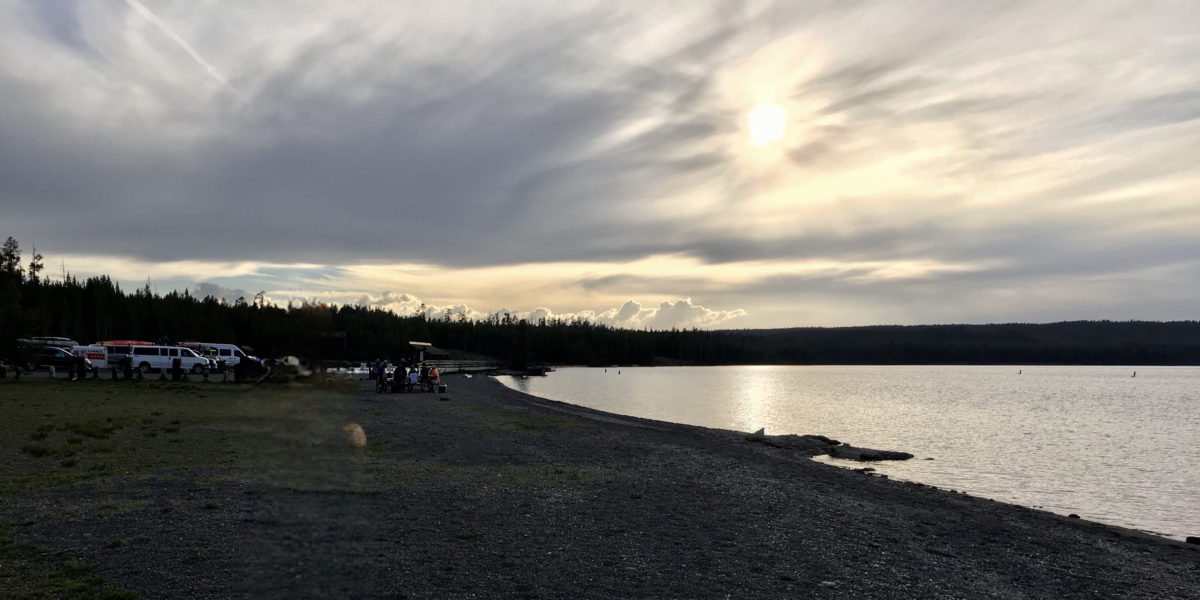As the holiday season approaches, I think of memories of past Thanksgivings. My family would spend time cooking and filling our home with laughter. Yet, this year, there is a subtle but undeniable shift in the air—a desire to change our Thanksgiving. Is it time to embrace new experiences?
When do you make those changes to your traditions? How do you create lasting memories that reflect your evolving values and priorities?
Coming Together
For me, Thanksgiving has always been about coming together with family and friends. We share a feast (usually turkey and my cornbread stuffing) and express gratitude for the blessings in our lives.
These familiar customs have been an anchor, a comforting thread that connects us to generations past. However, as life unfolds and circumstances change, it becomes important to adapt and find new ways to celebrate and connect.
The decision to change our Thanksgiving traditions was not made lightly. It involved open and honest conversations with family, each expressing their expectations. We acknowledged that traditions should not be stagnant but should grow and evolve with us.
We collectively embraced the idea of including fresh elements that reflected our shared values. We want to enjoy the holiday and respect one another’s different ideas of togetherness that Thanksgiving represents.
Community Service
This year, we decided to organize a community service project as part of our Thanksgiving festivities. Instead of spending the entire day in the kitchen, we will dedicate time to serve others at a community home.
Our family’s aim is to extend our gratitude to the wider community and make a positive impact who need it. The joy of giving back will undoubtedly deepen our sense of gratitude and reinforce the spirit of Thanksgiving.
Core Traditions
While service is a new addition to our Thanksgiving, we remain committed to preserving the core holiday traditions. The gathering of loved ones around a table with traditional family recipes will always be at the heart of our celebration.
We will continue to savor the flavors that evoke childhood memories and ignite conversations about family history. Again, I’m referring to my Grandma’s stuffing recipe, that I make only once a year.
The idea of changing Thanksgiving traditions may initially stir mixed emotions. As we bid farewell to familiar routines and ideas of what the holiday should, it’s time to discover something new.
However, the essence of Thanksgiving lies not in the specific rituals, but in the deep connections we have and the love we share. By embracing change, we open ourselves up to the possibility of discovering new traditions that resonate with our present selves. Will you be making any changes this year? A new host or maybe try a community project?
Ultimately, changing Thanksgiving traditions is an opportunity to deepen the bonds we share with our loved ones. Making sure to honor values and embrace the spirit of gratitude in new and meaningful ways for your current lifestyle. Here’s an invitation to create lasting memories that reflect who we are today.
As I embark on this journey of change, I am filled with excitement and a little anticipation. I know that our Thanksgiving celebration will continue to evolve and grow. Be sure whatever our plans, you foster a sense of belonging, love, and gratitude. This will remain with your family and friends long after the holiday season fades away.
For more self-care inspiration check out: KathyHusserTempe.com



